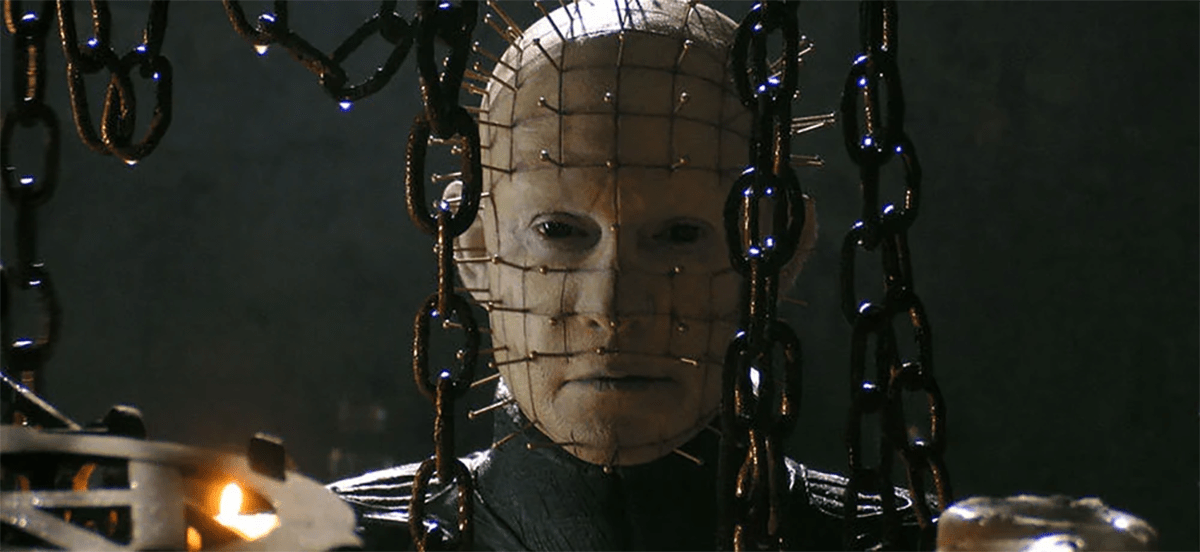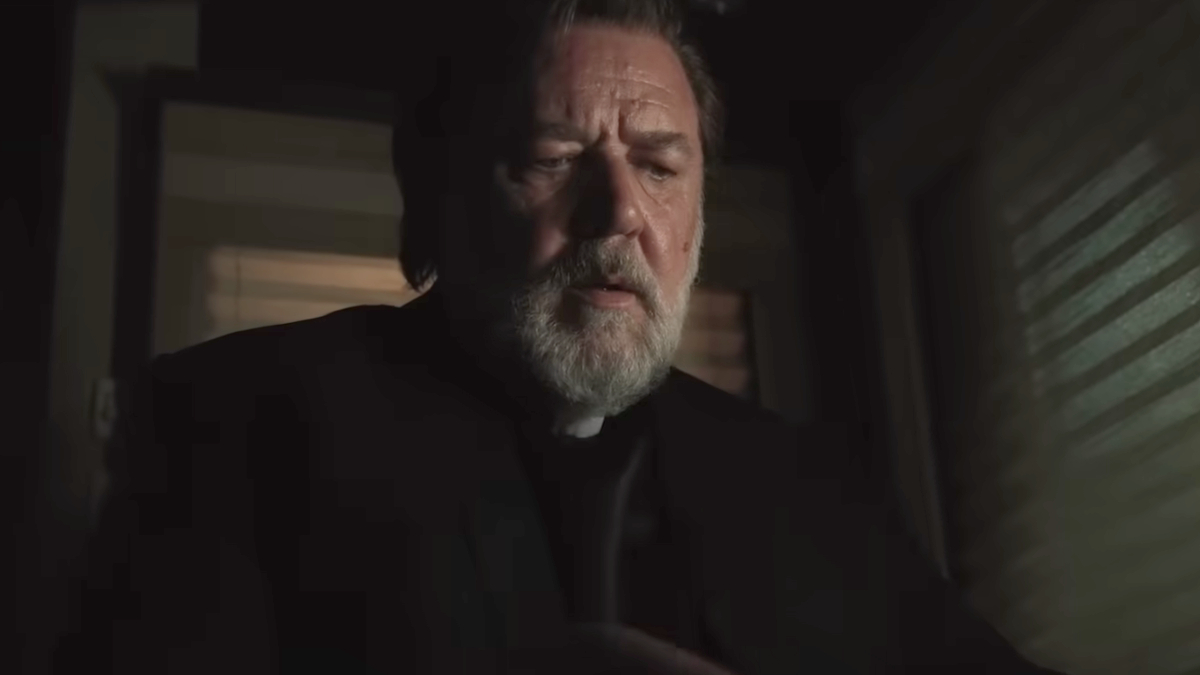The Hell Priest of Hellraiser is one of the most iconic characters in horror. He is a demon to some, an angel to others, and definitely not called “Pinhead” if creator Clive Barker has his way.
The Lead Cenobite, head of an infernal, extra-dimensional church of “pain and pleasure indivisible,” had it coming with those spiky looks. We’ve met many cenobites over the years—twisted and mutilated humanoids, they’re the stuff of nightmares, and their symmetrical leader is always above them.
Pinhead first appeared in Barker’s 1986 novella, The Hellbound Heart. An androgynous and distorted figure, relishing in constant pain and dedicated to knowing the flesh of souls throughout eternity. When Barker adapted his story to film for his directorial debut, Hellraiser, the Lead Cenobite became the instant poster boy. And he was a poster boy—emphatically male on screen, with a modified look and presence instantly carved into horror history. The definitive Doug Bradley form of Pinhead fronted the Hellraiser franchise over eight movies, an iconic manifestation of infernal menace.
The Hell Priest
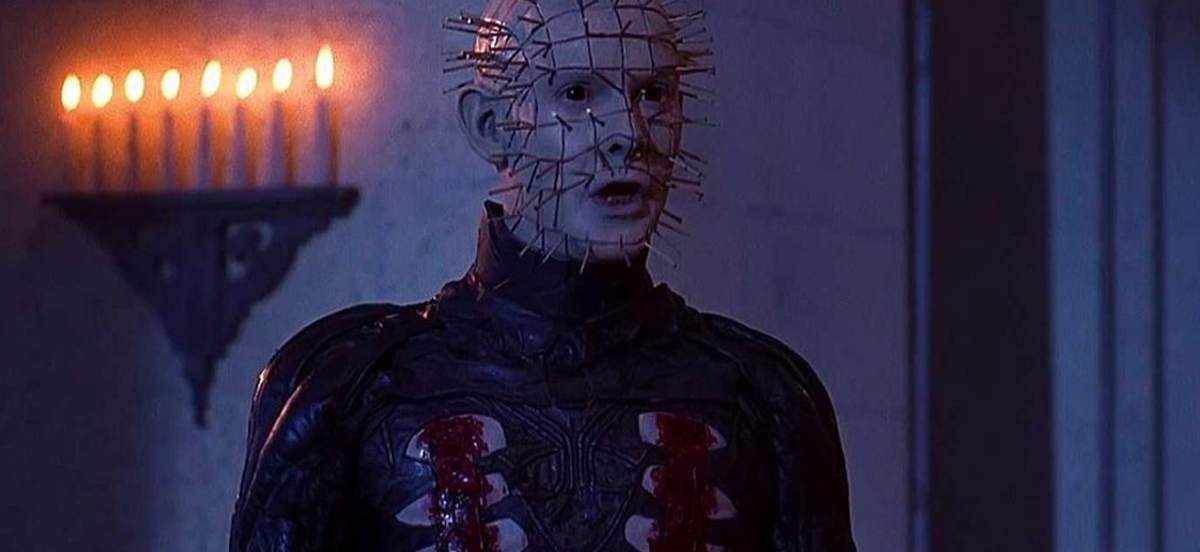
Off screen, Hellraiser mythology has established the Lead Cenobite as a Priest of The Order of the Gash, a demonic cadre in Hell dedicated to pain and pleasure. Cenobite Hell remains ambiguous, although some movies and books have placed it firmly in Abrahamic religion—an off-shoot of the pockets of suffering found in Dante’s Inferno, but with more sadomasochism. The fourth movie, Hellraiser Bloodline, establishes that Hell develops and evolves like the mortal realm.
With a fine line in killer quotes and the ability to summon hooked chains to tear bodies and souls apart, Pinhead has been part-slasher, part-cult leader, and part-force of natural justice. Where did he come from? The history of the Lead Cenobite is mainly explored in the franchise’s earliest movies, the consequences of those informing the more functional pseudo-slasher of the later Hellraiser movies.
Here’s the story of Pinhead, pieced together throughout the movies, nail by nail.
Enter cenobites
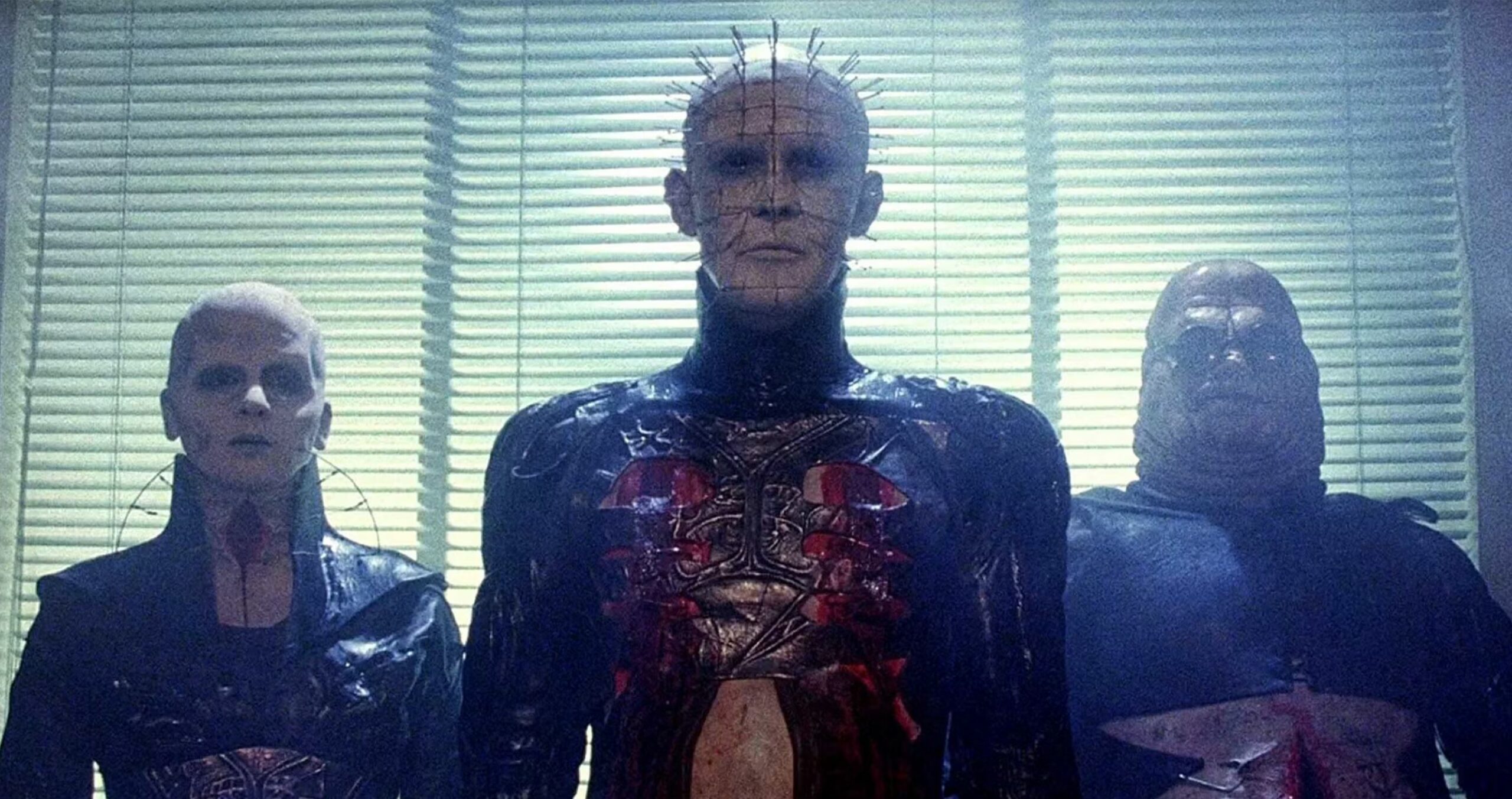
The Lead Cenobite entered movie theaters in 1987, responding to Kirsty Cotton’s solving of an intricate antique puzzle box that opened a gateway to Hell. Hellraiser works on several levels, real and symbolic, all played out in rooms and buildings, where demonic cenobites step through corridors that break into our world.
Purchasing the puzzle box in Morocco, Kirsty’s uncle, Frank Cotton, had solved it and unlocked a dark path to pleasure. Like many before and after, he discovered the cenobite’s trick. The box, a Lament Configuration or LaMarchand box after its creator, rewards those who solve it with pleasure through pain in eternity. The cenobites are a proactive version of the ferryman of classical mythology. We first met Pinhead during Hellraiser’s creepy opening sequence, calmly piecing together flesh before his torture room returned to Hell, leaving no hint it was ever there. In his first confrontation with Kirsty, Pinhead showed his liking for a deal and his willingness to break it, although he and his cadre successfully recaptured their escapee.
Pinhead and his cenobites followed this response-and-capture template in most Hellraiser movies, although there was an early blip.
Life before pins

In Hellbound: Hellraiser II, the escaped Kirsty Cotton uncovered some truths behind Pinhead, thanks to the obsessive research of the first of the franchise’s great collectors. Dr. Channard. Pinhead was born mortal as Eliot Spencer, a British Army officer drawn to the puzzle box by the horrors of World War I.
Frank Cotton may have tried to escape Hell, but not everyone chosen by the Lament Configuration rejected damnation. At the start of Hellbound, we see Spencer’s painful transformation into Pinhead at the hands of Leviathan, the Hell god that the Order of the Gash serve. In subsequent films, he would happily extract the pins hammered into his skull to inflict pain on himself and others.
Spencer was suppressed as Pinhead rose in the cenobite ranks until Kirsty Cotton awakened his memories with a photograph. Reverse-engineered by the souped-up cenobite, Leviathan, assembled from Channard, Pinhead’s human form was killed after allowing Kirsty and the puzzle-solving prodigy Tiffany to escape. Although, that wasn’t the end of Pinhead’s chronology, either forward or backward.
A tough pillar to swallow
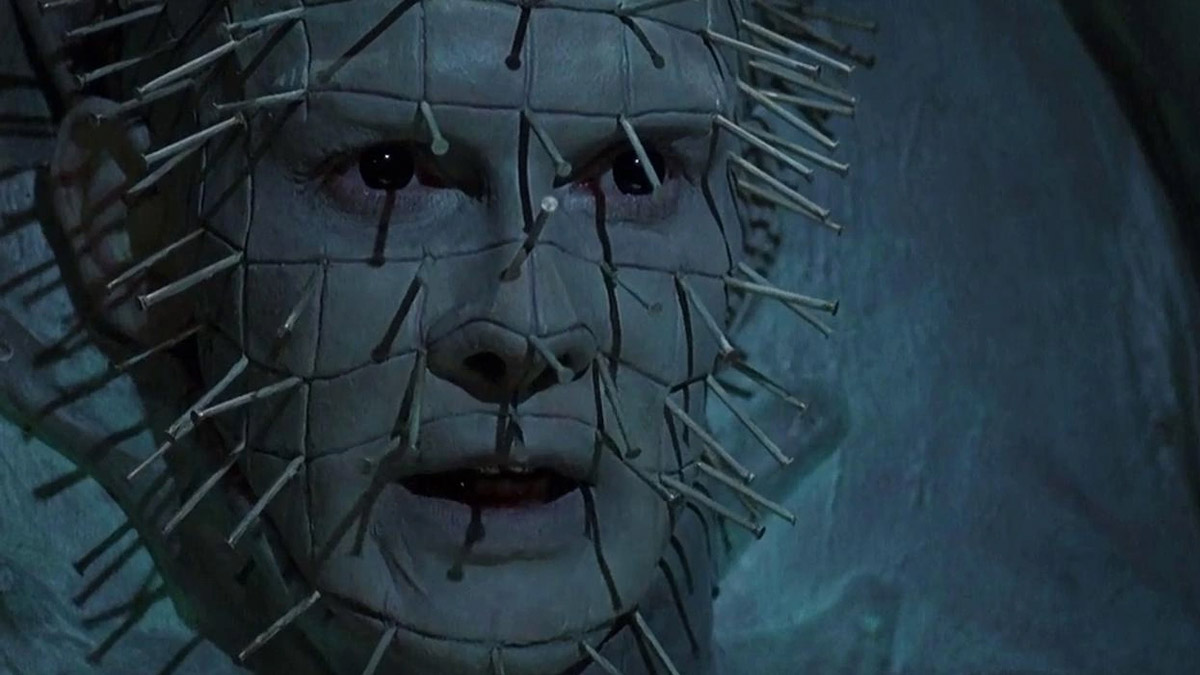
You can’t keep a good Pinhead down, and the cliffhanger of Hellbound saw the Lead Cenobite resurrected: His face was embedded in the Pillar of Souls as it was banished to Earth. In Hellraiser III: Hell on Earth, an untethered Pinhead restored by blood fought the phantom of Spencer as reporter Joey Summerskill found herself trapped in the middle of the story, with Kirsty Cotton consigned to a hospital.
Spencer’s ghost helped Joey trap his other half, with the two parts fusing as Pinhead was banished to Hell after wreaking devastation in New York.
The slasher years
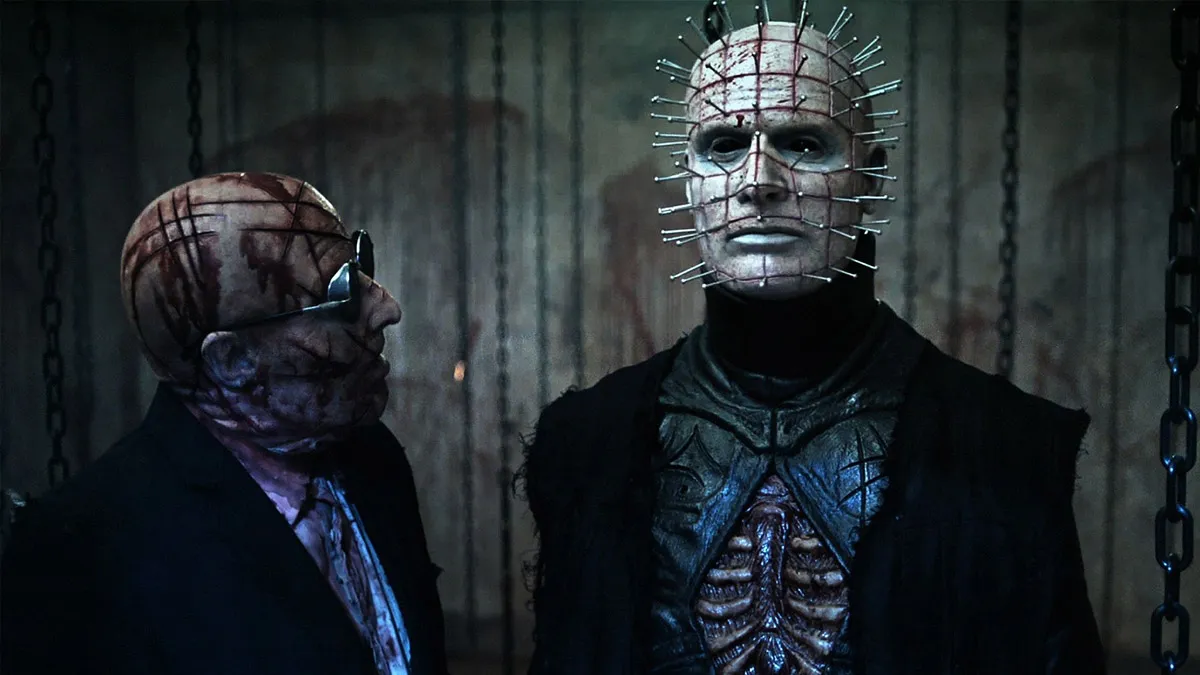
If there was any punishment to endure in Hell, Pinhead took it with customary zeal. It seemed that he had triumphed over his memories, as his dedication to duty and infernal ambition were more apparent than ever.
Subsequent movies continued with this more one-dimensional-but-ever-quotable Pinhead, who assembled cenobite acolytes on a whim as he was reduced to cameos. The Hell Priest developed a new love of intricate plots and disguises, most notably when he was reunited with Kirsty Cotton for a final deal that had dire consequences for her husband in Hellraiser: Hellseeker.
The police procedural Inferno saw him inflict punishment on a dubious police detective obsessed with puzzles. Hellworld was a videogame that used the trappings of the cenobite world to lure students whom a twisted father blamed for his son’s death until Pinhead finally stepped in with reality.
By Hellraiser: Revelations, a slightly different-looking Pinhead found willing acolytes in an impressionable pair of teens escaping their small-town life for Mexico. This was Pinhead in stalking mode, watching events from Hell until making his move in a mirror of his first movie appearance.
Hellraiser: Judgment placed Pinhead in the broader bureaucracy of Hell, working with a Stygian auditor to lure mortals when the Lament Configuration loses its power in the 21st century. It’s possible but not certain that Judgment breaks the canon of the fourth movie, Bloodline, when Pinhead’s rebellion against the creator goes too far, and he’s again banished to mortality. Hellraiser’s ambiguity and extradimensional flourishes have always kept the timeline loose. The tight continuity of the first three Hellraiser movies is considered the core canon.
Heading into space
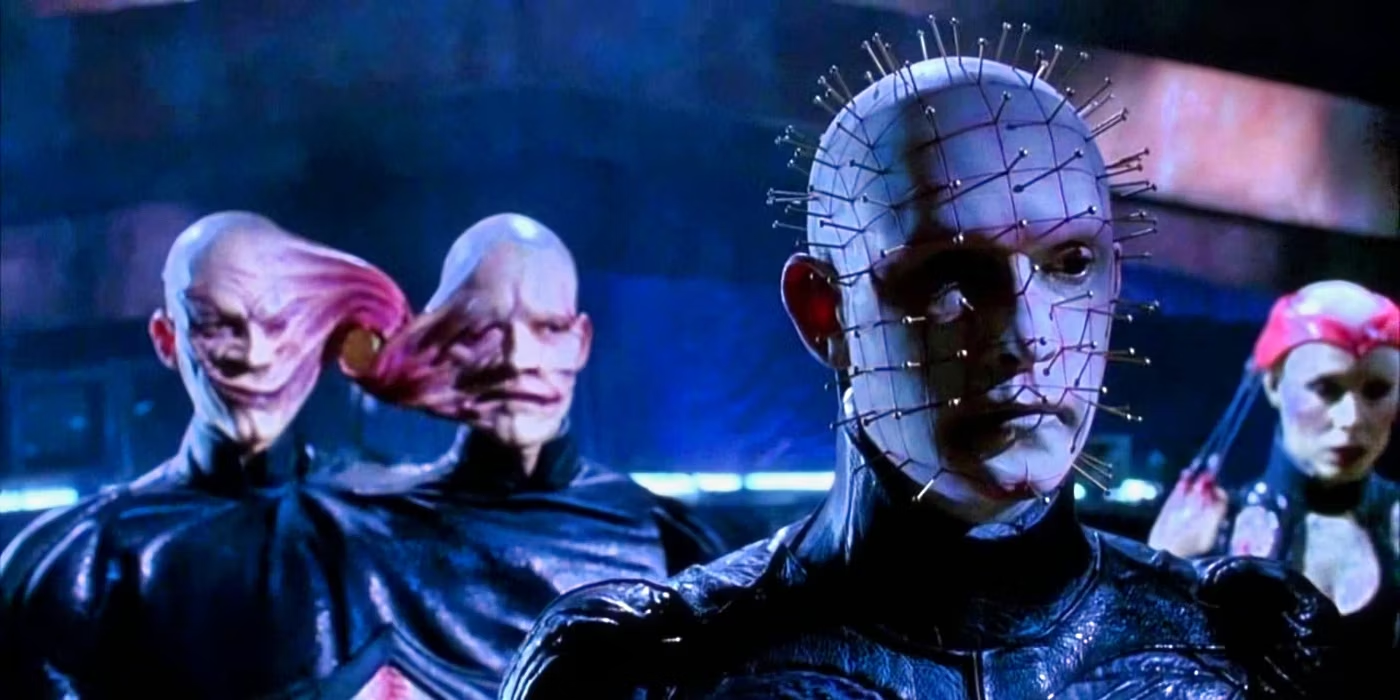
Hellraiser: Bloodline was the ambitious and flawed fourth movie that set out a possible end for Pinhead, some 200 years after Spencer first solved the puzzle box. Pinhead’s journey ended in a trap laid by Philip LeMarchand’s family that tied back to the toymaker’s creation of the Lament Configuration in the 18th century. The canon isn’t clear on LeMarchand, but the innocent, if weak, creator of Bloodline is often represented as a skilled puzzle maker, revolutionary architect, and dubious iconoclast aligned to the Marquis de Sade.
LeMarchand’s box is a gateway to Hell, but several movies have presented it as a weapon against demons. Pinhead grappled with the toymaker’s lineage throughout the centuries, including the architect Merchant in the late 20th century and Winter, who sought immortality in 21st-century Bucharest. The fourth movie presented Pinhead as the figurehead of a Hadean revolution that moved Hell from gothic to sadistic before his fight with the toymaker’s family ended in 2127. Some good news for Pinhead was that he finally got himself a pet—a cenobite dog.
Possible futures
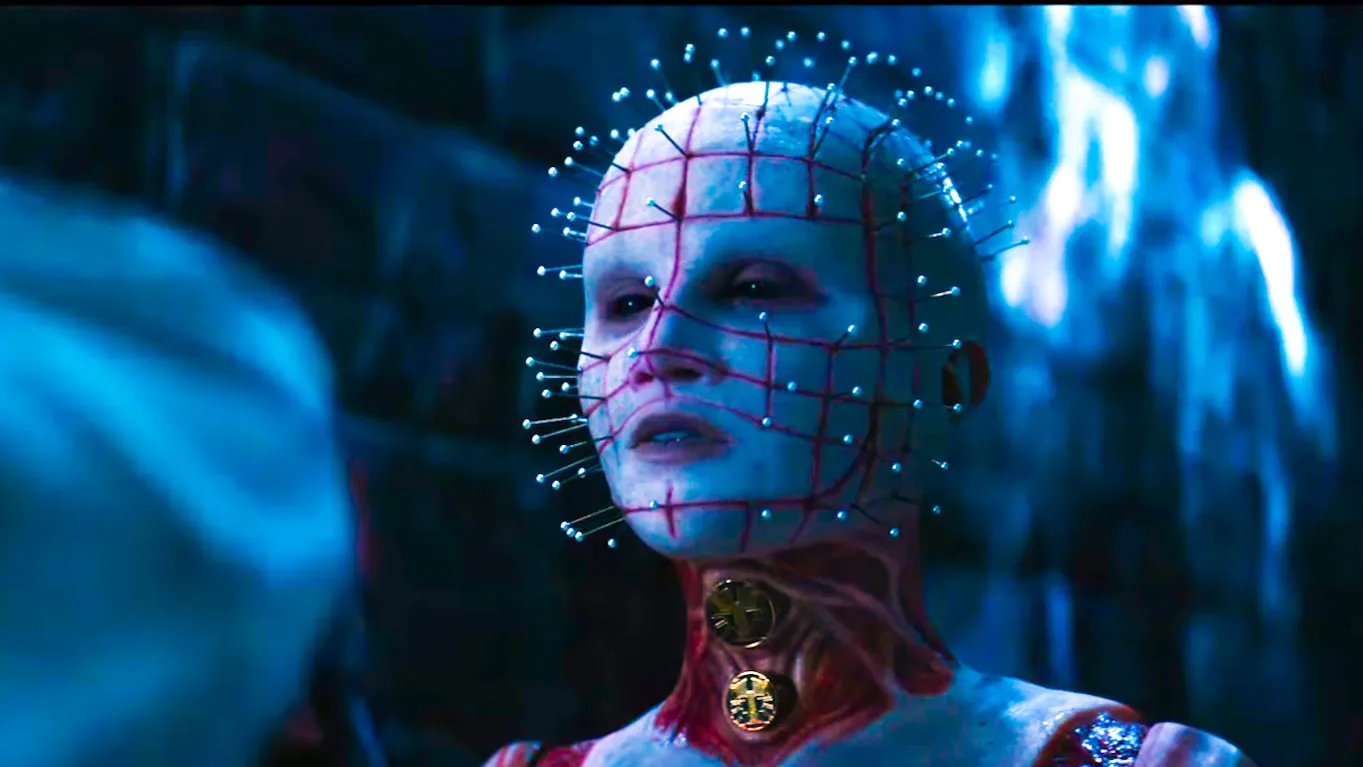
Outside the movies, the character and universe Barker created on the page have grown and flourished in some unexpected ways. The canonical status of many of these stories is disputed but could form past, present, or future parts of Pinhead’s story.
In 2013, Boom! Studios’ comics continued the series from the first three movies. When Pinhead, saddled with demons, is restored as Eliot Spencer, Kirsty Cotton takes the mantle of Hell Priest. Twenty years before, Marvel’s 1993 Pinhead comic had suggested that the Hell Priest was a reincarnation of the Aztec life-death-rebirth deity, Xipe Totec.
Seeking to reclaim the character from his dwindling persona in the movies, Barker’s 2015 novel, The Scarlet Gospels, was an attempt to definitively end the Hell Priest. While the films diminished Pinhead’s status, the Gospels provide closure in the bowels of Hell as he implements his final ambitious scheme to seize control of the afterlife from Lucifer.
In 2022, Hellraiser was rebooted in live action with a new adaptation that returned to Barker’s The Hellbound Heart. The cenobites left the sadomasochist black leather of the 1980s for a slicker and sicker look, and the Hell Priest was finally the sexless menace appearance of the novel. The emphasis fell on the lore of the Lament Configuration and wishes granted by the Hell god, Leviathan. The Hell Priest was returned to an unambiguous agent of order.
The Hellraiser franchise has shown us many sights and four versions of the Hell Priest on screen, but there’s no need for them to contradict. As Pinhead warned in Bloodline, he cannot die. He is “forever.”

